Содержание
Слайд 3AMORPHOUS STATE
AMORPHOUS STATE

Слайд 9CRYSTALLINE STATE
CRYSTALLINE STATE

Слайд 22RESEARCH METHODS IN POLYMER CHEMISTRY
A variety of lab techniques are used to
RESEARCH METHODS IN POLYMER CHEMISTRY
A variety of lab techniques are used to
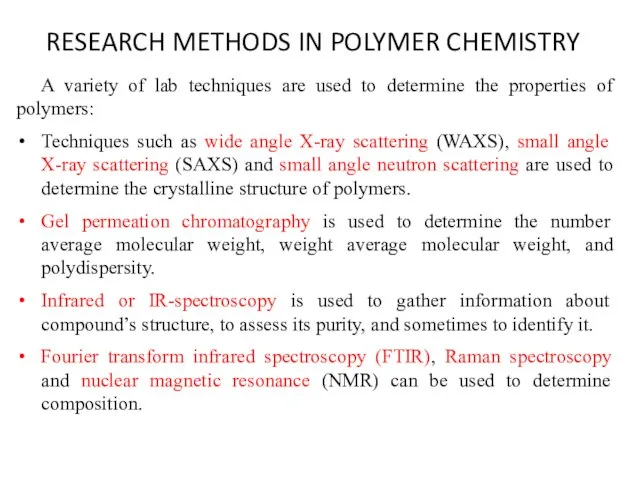
determine the properties of polymers:
Techniques such as wide angle X-ray scattering (WAXS), small angle X-ray scattering (SAXS) and small angle neutron scattering are used to determine the crystalline structure of polymers.
Gel permeation chromatography is used to determine the number average molecular weight, weight average molecular weight, and polydispersity.
Infrared or IR-spectroscopy is used to gather information about compound’s structure, to assess its purity, and sometimes to identify it.
Fourier transform infrared spectroscopy (FTIR), Raman spectroscopy and nuclear magnetic resonance (NMR) can be used to determine composition.
Techniques such as wide angle X-ray scattering (WAXS), small angle X-ray scattering (SAXS) and small angle neutron scattering are used to determine the crystalline structure of polymers.
Gel permeation chromatography is used to determine the number average molecular weight, weight average molecular weight, and polydispersity.
Infrared or IR-spectroscopy is used to gather information about compound’s structure, to assess its purity, and sometimes to identify it.
Fourier transform infrared spectroscopy (FTIR), Raman spectroscopy and nuclear magnetic resonance (NMR) can be used to determine composition.
Слайд 23Thermal properties such as the glass transition temperature and melting point can
Thermal properties such as the glass transition temperature and melting point can
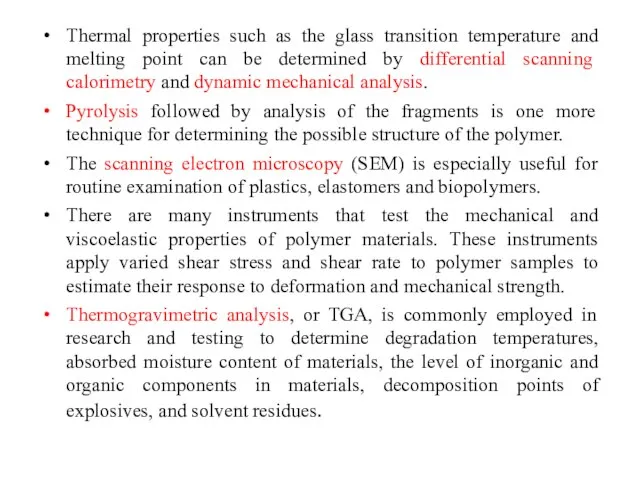
be determined by differential scanning calorimetry and dynamic mechanical analysis.
Pyrolysis followed by analysis of the fragments is one more technique for determining the possible structure of the polymer.
The scanning electron microscopy (SEM) is especially useful for routine examination of plastics, elastomers and biopolymers.
There are many instruments that test the mechanical and viscoelastic properties of polymer materials. These instruments apply varied shear stress and shear rate to polymer samples to estimate their response to deformation and mechanical strength.
Thermogravimetric analysis, or TGA, is commonly employed in research and testing to determine degradation temperatures, absorbed moisture content of materials, the level of inorganic and organic components in materials, decomposition points of explosives, and solvent residues.
Pyrolysis followed by analysis of the fragments is one more technique for determining the possible structure of the polymer.
The scanning electron microscopy (SEM) is especially useful for routine examination of plastics, elastomers and biopolymers.
There are many instruments that test the mechanical and viscoelastic properties of polymer materials. These instruments apply varied shear stress and shear rate to polymer samples to estimate their response to deformation and mechanical strength.
Thermogravimetric analysis, or TGA, is commonly employed in research and testing to determine degradation temperatures, absorbed moisture content of materials, the level of inorganic and organic components in materials, decomposition points of explosives, and solvent residues.
- Предыдущая
POLYMER PROCESSINGСледующая -
ПОЛІМЕРИ З ХІМІЧНО ЗВЯЗАНОЮ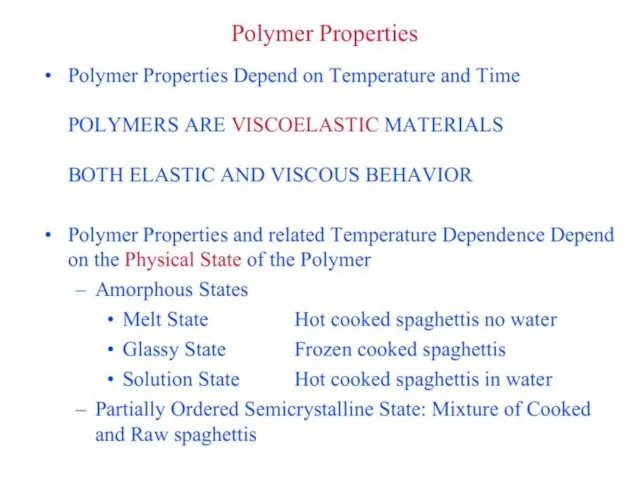
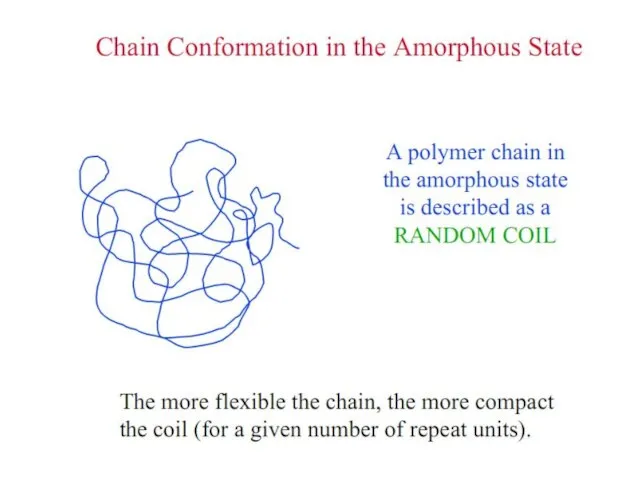
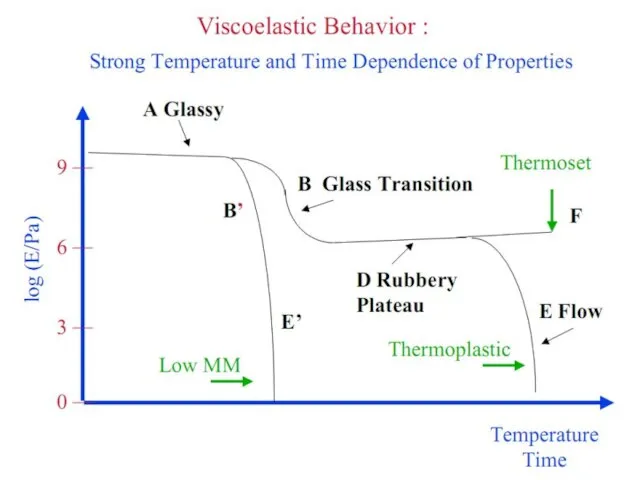
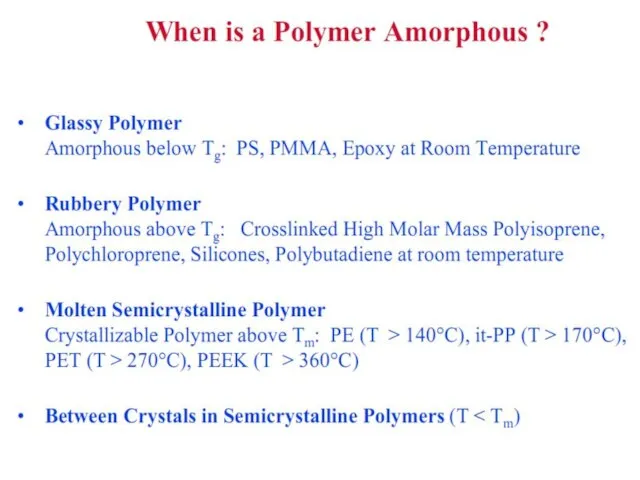
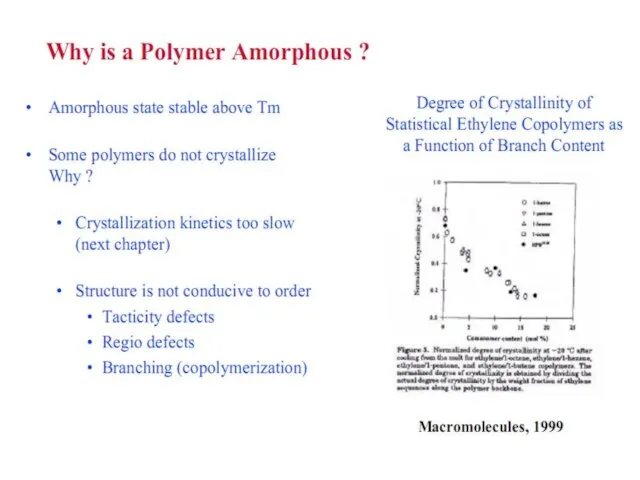

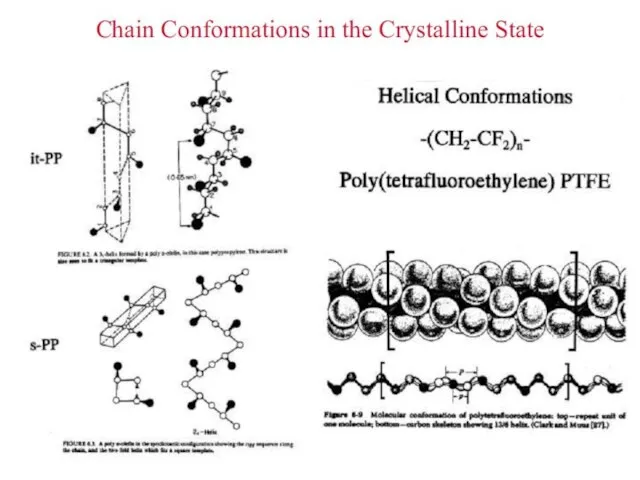
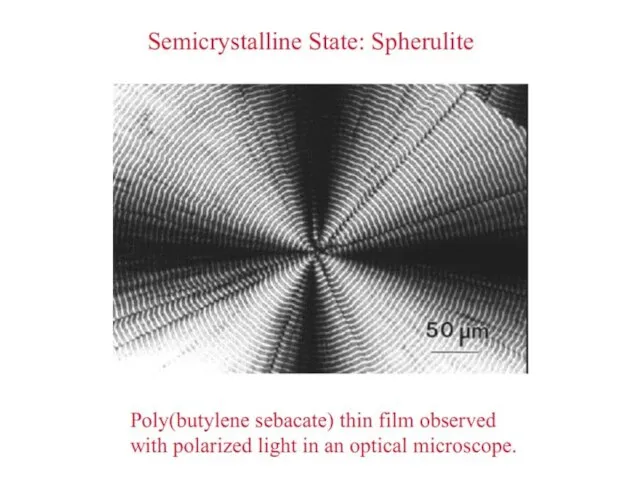
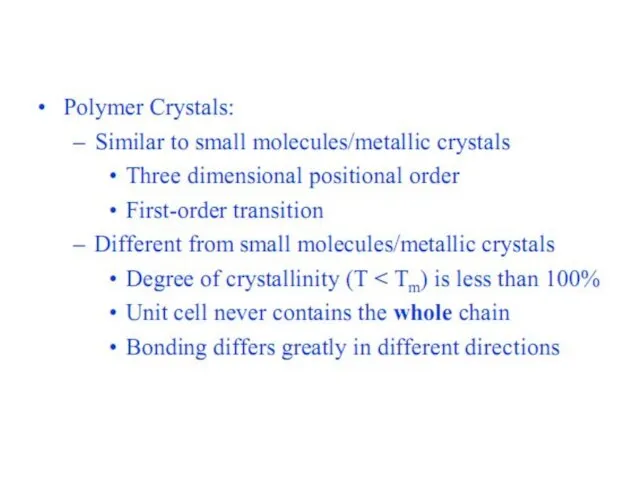
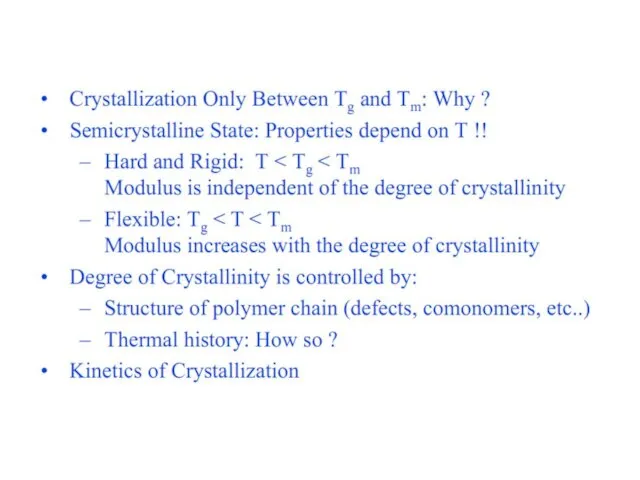
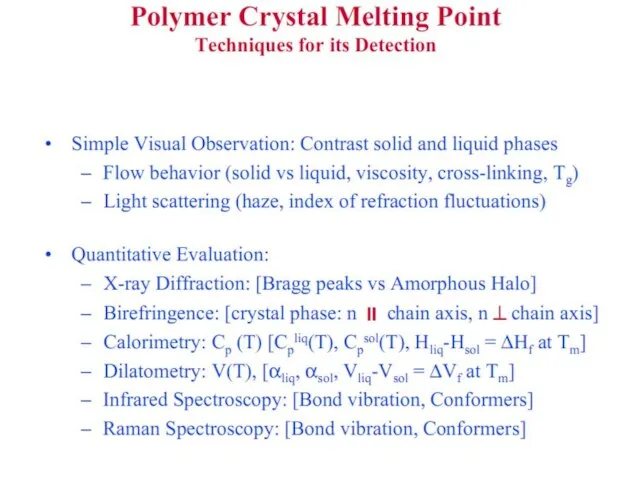
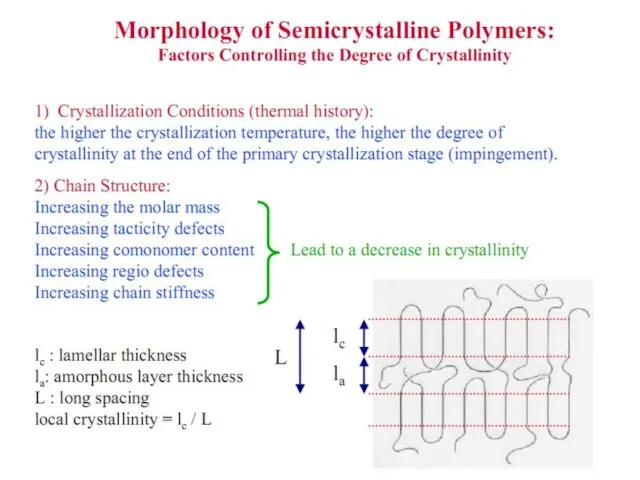
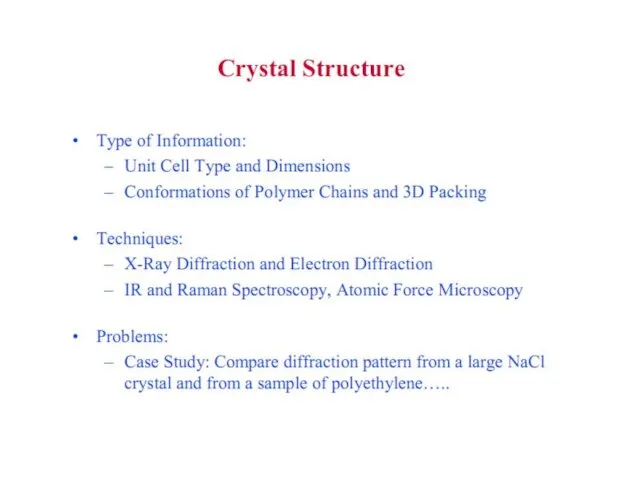


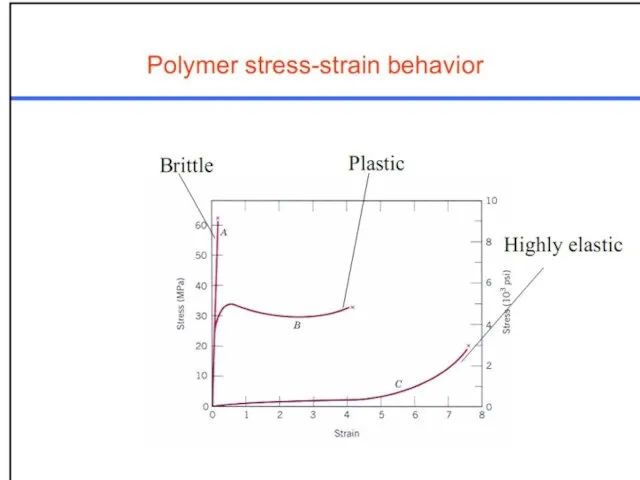
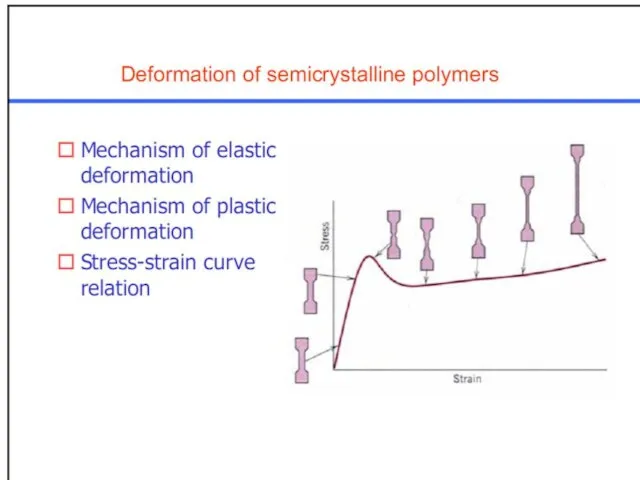

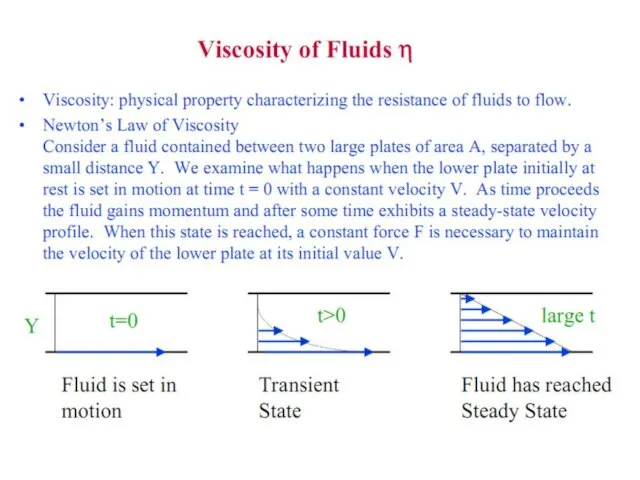
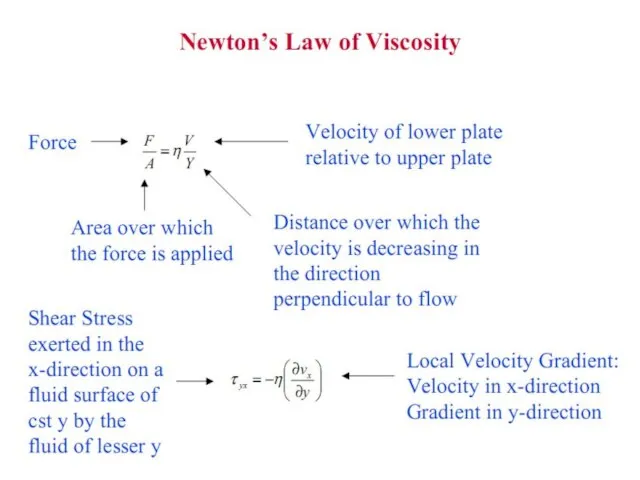
 Определение графа
Определение графа 7
7 Роль заимствований в истории русского языка
Роль заимствований в истории русского языка Туманности и звёздные скопления
Туманности и звёздные скопления Всероссийская перепись: вчера и сегодня
Всероссийская перепись: вчера и сегодня Формирование ключевых компетенций предмета географии средствами инновационных технологий
Формирование ключевых компетенций предмета географии средствами инновационных технологий www.dphotographer.com.ua Photographer – журнал о фотоискусстве, который занимает ведущее место в Украине на рынке фотоиндустрии. Целевая аудитория:
www.dphotographer.com.ua Photographer – журнал о фотоискусстве, который занимает ведущее место в Украине на рынке фотоиндустрии. Целевая аудитория: Культура Византии VI – XI века
Культура Византии VI – XI века Создание проектов в интернет. Разработка сайтов. Лекция 4.
Создание проектов в интернет. Разработка сайтов. Лекция 4. Контуры образования будущего. Социальный аспект
Контуры образования будущего. Социальный аспект Презентация на тему Портфолио учителя казахского языка и литературы
Презентация на тему Портфолио учителя казахского языка и литературы Презентация на тему Натуральные волокна животного происхождения
Презентация на тему Натуральные волокна животного происхождения  Климат и погода
Климат и погода История новогодних игрушек
История новогодних игрушек Учебный тренажёр и проверочный тест В8
Учебный тренажёр и проверочный тест В8 Игра с рисками
Игра с рисками В чем секрет Кремниевой Долины? Андрей Кунов, PhD Silicon Valley Innovation Center
В чем секрет Кремниевой Долины? Андрей Кунов, PhD Silicon Valley Innovation Center Военные карты
Военные карты Федеральное агентство железнодорожного транспорта Самарский государственный университет
Федеральное агентство железнодорожного транспорта Самарский государственный университет «Все о будущей пенсии. Для учебы и жизни»(для учащихся средних образовательных и профессиональных образовательных учреждений)
«Все о будущей пенсии. Для учебы и жизни»(для учащихся средних образовательных и профессиональных образовательных учреждений) Личность Петра Великого. Россия на рубеже веков
Личность Петра Великого. Россия на рубеже веков Презентация на тему Наложение повязок
Презентация на тему Наложение повязок Охотники за миллионом белорусов: кому и как рекламироваться в социальных медиа
Охотники за миллионом белорусов: кому и как рекламироваться в социальных медиа Решение задач на измерение кроличества информации
Решение задач на измерение кроличества информации Министерство внутренних дел ДНР
Министерство внутренних дел ДНР Технічне завдання 3
Технічне завдання 3 Завод «АЛЬФАПАК»
Завод «АЛЬФАПАК» Презентация на тему Моя Россия
Презентация на тему Моя Россия